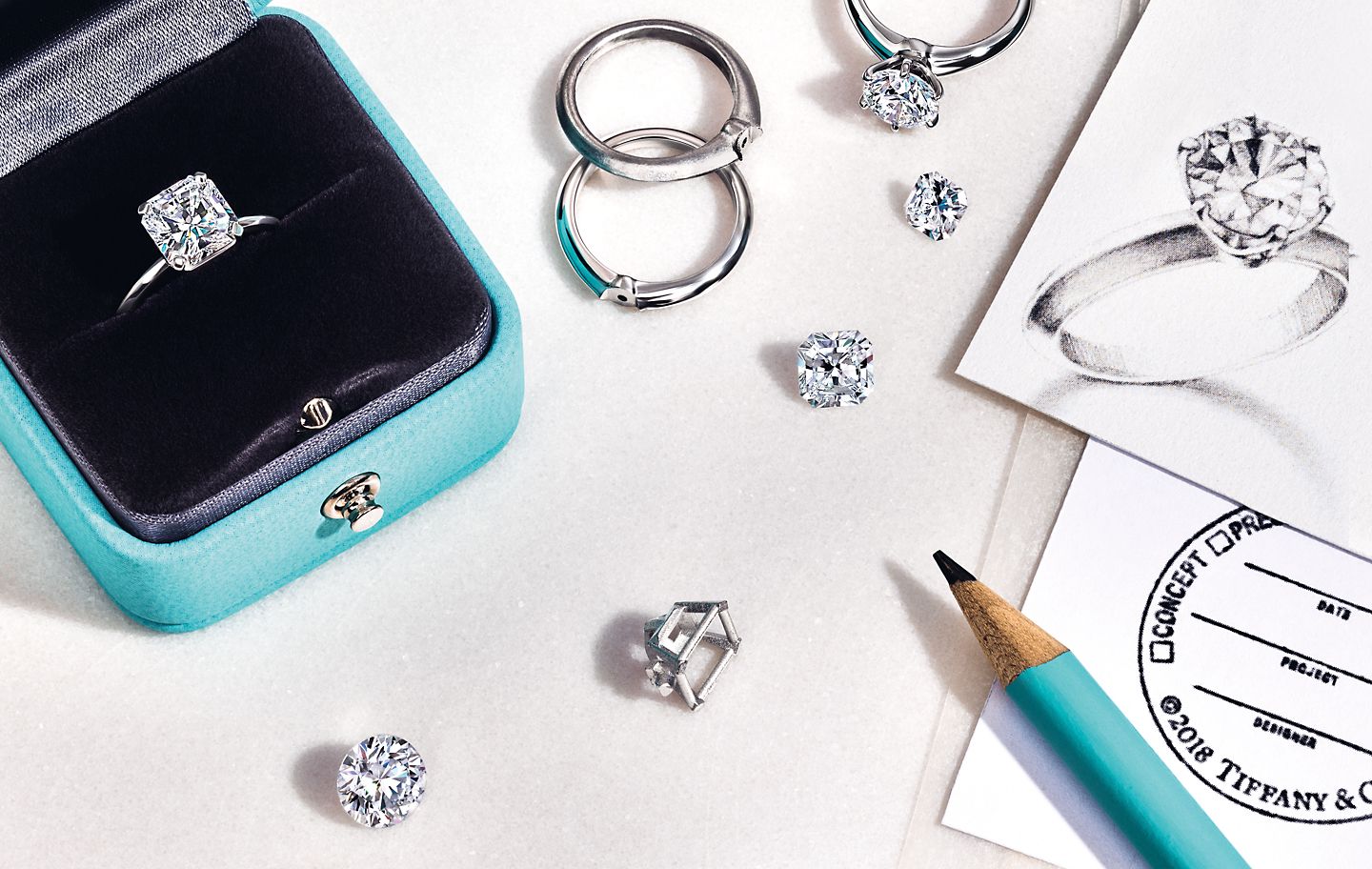In the realm of diamonds, the 4Cs stand as the pillars upon which their value and beauty rest. Whether naturally occurring or cultivated in laboratories, diamonds are evaluated based on their Clarity, Color, Cut, and Carat Weight. Lab grown diamonds, a modern marvel of science, are no exception to this standard. Let’s embark on a journey to unravel the intricacies of the 4Cs and understand how they apply to lab grown diamonds.
Table of Contents
Clarity
Defining Clarity: Clarity refers to the presence or absence of internal flaws (inclusions) and surface blemishes (blemishes) within a diamond. In lab grown diamonds, clarity is assessed using similar criteria as natural diamonds, though the types and visibility of inclusions may differ.
Assessment of Clarity: Gemologists examine lab grown diamonds under magnification to identify any imperfections. The clarity scale ranges from Flawless (no inclusions or blemishes visible under 10x magnification) to Included (inclusions visible to the naked eye). Despite the controlled environment of their creation, lab grown diamonds can still exhibit clarity characteristics, albeit with variations from natural diamonds.
Color
Significance of Color: The color of a diamond plays a pivotal role in its appearance and value. Lab grown diamonds showcase a spectrum of colors, from colorless to fancy vivid hues, influenced by the growth process and any added treatments.
Variations in Color: Lab grown diamonds can be produced with controlled color grades, ranging from D (colorless) to Z (light yellow or brown). Advanced techniques allow for the creation of fancy colored diamonds, including blues, pinks, and yellows, offering consumers a diverse array of options.
Cut
Impact of Cut: The cut of a diamond determines its brilliance, fire, and overall beauty. In lab grown diamonds, precision cutting is paramount to unleash their full potential, ensuring optimal light reflection and refraction.
Precision in Cut: Expert craftsmen employ cutting techniques to maximize a lab grown diamonds 4Cs and minimize light leakage. Innovations in cutting technology have enabled the creation of intricate facet patterns, enhancing the diamond’s sparkle and allure.
Carat Weight
Importance of Carat Weight: Carat weight refers to the measurement of a diamond’s mass and is a significant factor in its perceived size and value. Lab grown diamonds offer flexibility in carat weight, allowing consumers to select their desired size without compromising quality.
Managing Carat Weight: While larger carat weights are attainable with lab grown diamonds at a lower cost compared to mined diamonds, it’s essential to balance size with other factors such as cut and color for optimal visual appeal.
Clarity in Lab Grown Diamonds
Advantages and Disadvantages: Lab grown diamonds often exhibit fewer inclusions and blemishes compared to natural diamonds, offering excellent clarity at a lower price point. However, certain growth techniques may introduce unique clarity characteristics that require careful consideration during evaluation.
Evaluating Clarity: Gemological laboratories utilize specialized equipment to assess the clarity of lab grown diamonds accurately. Transparency regarding the diamond’s origin and any treatments is crucial for informed decision-making by consumers.
Color in Lab Grown Diamonds
Factors Affecting Color: Various factors, including the growth method and presence of impurities, influence the color of lab grown diamonds. Advanced processes such as chemical vapor deposition (CVD) and high-pressure high-temperature (HPHT) enable precise control over color saturation and tone.
Achieving Desired Color: Manufacturers employ techniques such as irradiation and annealing to enhance or alter the color of lab grown diamonds according to market demand. Through meticulous treatment processes, vibrant and consistent colors can be achieved across different diamond sizes and shapes.
Cut in Lab Grown Diamonds
Precision and Skill in Cutting: Cutting lab grown diamonds requires expertise and attention to detail to optimize their optical properties. Computer-aided design (CAD) and laser cutting technologies enable precise alignment of facets, resulting in exceptional brilliance and dispersion.
Innovations in Cutting Techniques: Continuous advancements in cutting techniques have led to the development of custom cuts tailored for lab grown diamonds. From traditional round brilliants to fancy shapes like hearts and arrows, consumers have a myriad of options to suit their preferences.
Carat Weight in Lab Grown Diamonds
Balancing Size and Quality: While larger carat weights are attainable with lab grown diamonds, it’s essential to prioritize quality over sheer size. Opting for well-cut diamonds with excellent clarity and color ensures maximum brilliance and visual appeal, regardless of carat weight.
Accessibility of Different Carat Weights: Lab grown diamonds offer accessibility to a wide range of carat weights, man made diamonds. making it easier for consumers to find their ideal diamond within their budget. From petite accents to statement centerpieces, lab grown diamonds cater to diverse preferences and occasions.
Choosing the Perfect Lab Grown Diamond
Prioritizing the 4Cs: When selecting a lab grown diamond, it’s crucial to prioritize the 4Cs based on personal preferences and budget constraints. Balancing clarity, color, cut, and carat weight ensures a diamond that aligns with both aesthetic preferences and ethical considerations.
Finding the Right Balance: Each of the 4Cs contributes uniquely to a diamond’s overall beauty, and finding the right balance among them is key to selecting the perfect lab grown diamond. Consulting with reputable jewelers and utilizing gemological certificates

